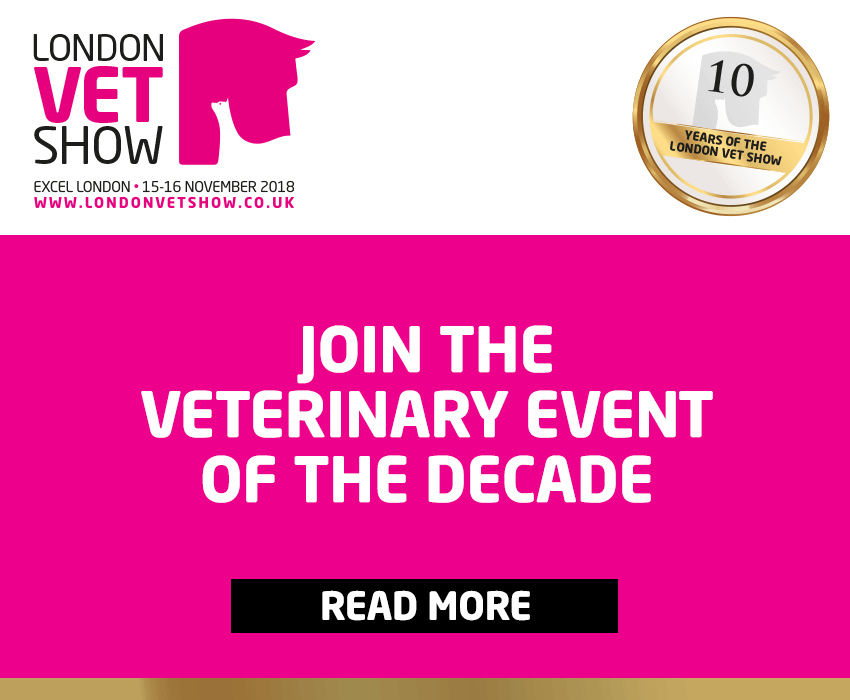Respiratory diseases
Information and resources relating to calf pneumonia, bovine respiratory disease and more.
April 2023
March 2023
February 2023
This is the first of a multi-part series into notable parasites affecting sheep in the UK and Ireland, presented by David Charles. To begin, David outlines the ectoparasites of note, including mites, lice, flies and ticks. Future parts will look at endoparasites – including nematodes, cestodes, trematodes and Coccidia.
January 2023
December 2022
November 2022
Chickens are being increasingly kept as pets – and with it comes the likelihood of presentations in practice. Henrietta Kodilinye‑Sims addresses some of the challenges – from identifying clinical signs to responsible prescribing in line with legislative requirements – as well as tips for nursing care plans…


